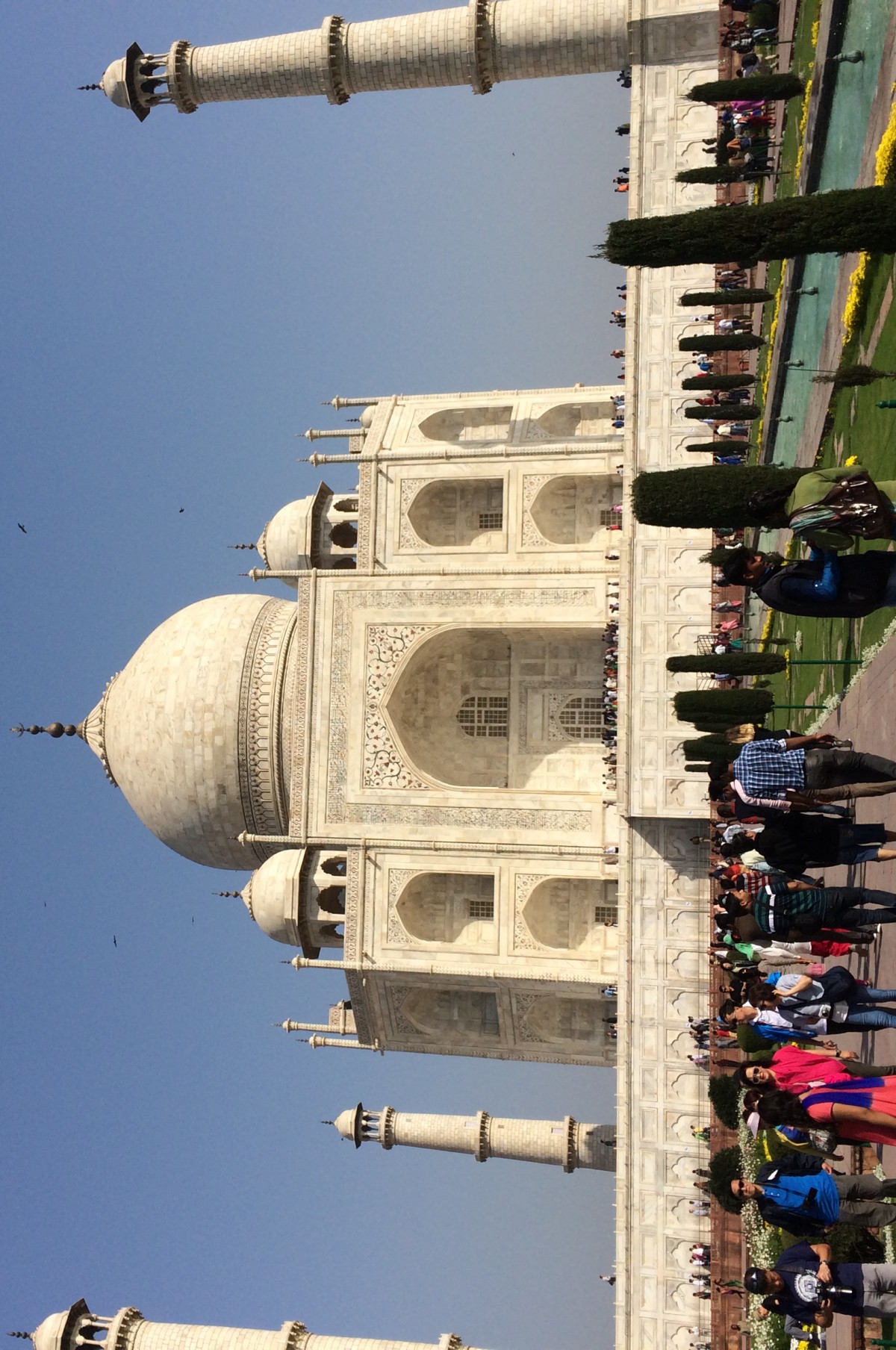

Two weeks ago (Feb 14 – 18), Prime Minister Narenda Modi kicked off the first ever Make in India event showcasing India’s manufacturing talents. We all know the reputation of India’s IT services, but it was impressive to see this line up such as Asia’s largest dump truck made by BEML weighing 335 tons. I’m 6’1” and you see how my friend (and classmate) Dr. A.S. Prasad and I are dwarfed by this monster truck.


You can search and read more about this event, but I just wanted to share my Indian experiences how India is “turning the corner”. Before coming to India, I basically knew 3 Indian facts: Taj Mahal, 1.2 billion people, and Tandoori chicken. After a year living here, India has changed my perspectives. Indian businesses are thriving and entering a new phase, evolving from a services based economy to their industrial hub goals. You read about it in the newspapers, but there is an aura/energy of transformation that you have to “feel” that is similar to the US dot com upswing. Don’t get me wrong, there are still bureaucratic challenges to overcome, but that feeling of optimism is overwhelming.
Having Prime Minister Modi start these festivities was quite apropos. He grew up from humble beginnings helping his father sell chai (tea) to train passengers, rising to become the Chief Minister in the State of Gujarat (equivalent to a US state governor) from 2001-20014, and then Prime Minister in 2014. Likewise, since the liberation of economic policies in the 1990s, India has experienced tremendous growth to become the seventh largest economy by nominal GDP, third largest by purchasing power parity and ultimately becoming the fastest-growing major economy in the world – a very bright future indeed.



